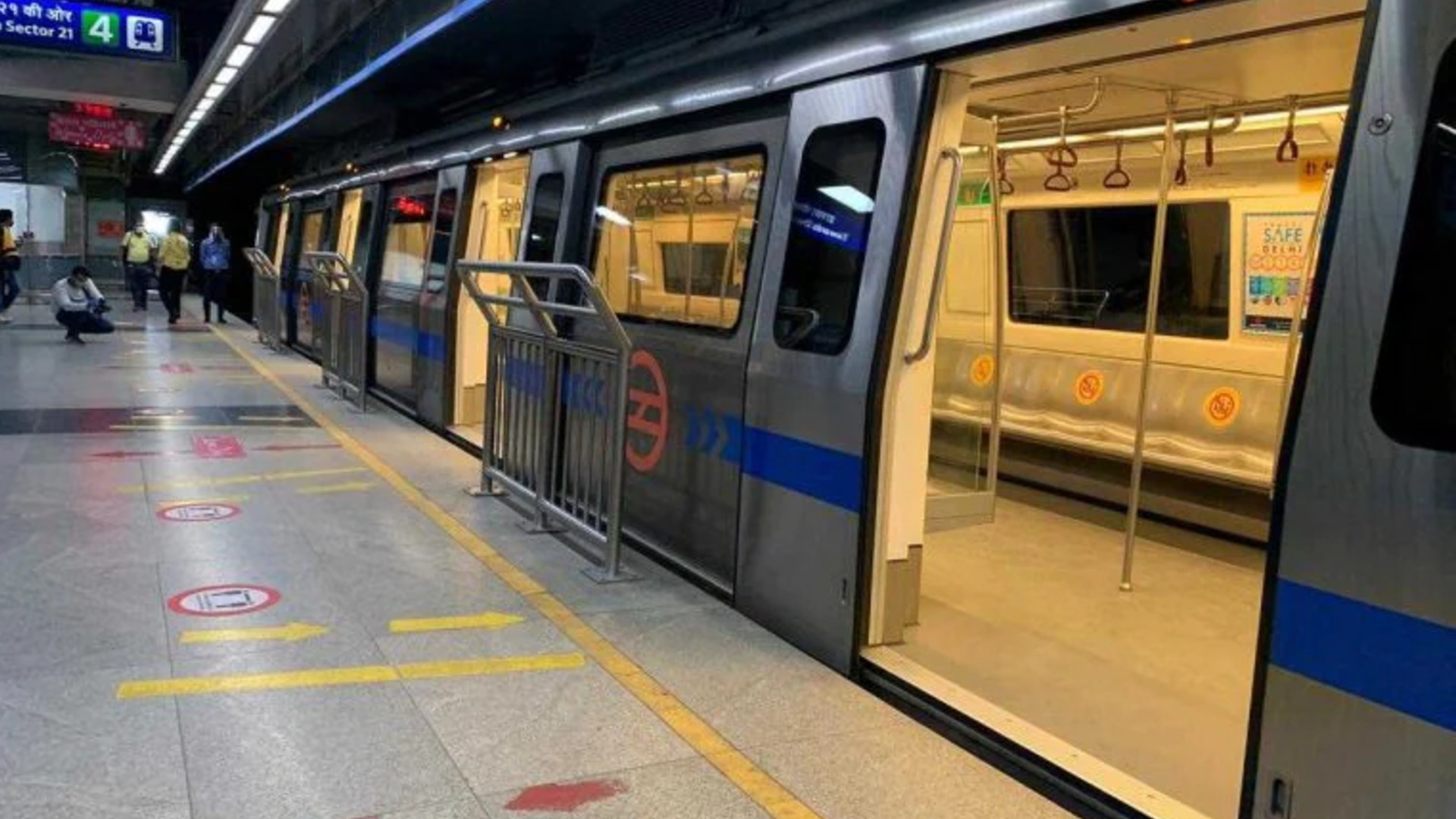Local transports are the lifeline of any city and if you are an essential worker, there is no way you can avoid getting into them. However, it turns out that local transport is safer than a closed-air conditioned cab. According to studies, you will be 300 times more likely to contract COVID-19 in an air-conditioned taxi with a COVID-positive driver or a passenger than someone who is sharing the autorickshaw with you. That said, precautions are key to contain the spread of transmission and here are all the measures you should take while travelling via public transport.

1. Do Not Travel Standing In Public Transport
A new study suggests that people standing are more likely to hold on to poles. If you want to avoid touching the most handled surfaces, get into a bus-only if you get a seat. Although the virus is thought to mainly transmit through droplets we produce when we talk, breathe, and cough, it can also be spread when we touch surfaces that have become contaminated with the virus.

2. Wear N95 Or Double Mask At All Times Inside Public Transport
Wear an N95 mask that covers your nose and mouth at all times inside any public vehicle or mode of transport especially when physical distancing is difficult. Your mask will help protect those around you in case you are infected, even if you are not showing symptoms. If you cannot get your hands on an N95 mask, do double masking for your safety.

3. Skip A Row Of Seats Between Yourself & Other Riders Is Possible
During travel, avoid crowds and keep at least 6 feet from when you are waiting at a bus station or selecting seats on a train. Avoid gathering in groups, and stay out of crowded spaces when possible, especially at transit stations and stops. Also, consider skipping a row of seats between yourself and other riders if possible.

4. Sanitise Your Hands Frequently
Before you use any type of transportation, sanitise your hands. Try and avoid touching common touch-points like railings or handles. But if you do, take your seat and sanitise your hands again. Avoid touching your eyes, nose, and mouth at all times.

5. Use Touchless Payment Methods
Use touchless payment and no-touch trash cans and doors when available. Exchange cash or credit cards by placing them in a receipt tray or on the counter rather than by hand, if possible.

6. Do Not Eat Or Drink In A Public Transport
Refrain from eating or drinking on public transit to ensure your mask is on at all times. Try to eat and drink outside of the vehicle when you are not near other people. If you wish to eat or drink on a long journey, be sure to find a space at least 6 feet away from other people and use hand sanitizer before eating or drinking and before removing your mask or touching your face.
So, while these are short-term ways to reduce your risk on public transport, a bigger question is whether it’s time to reassess how and when we get from A to B. Are public transports really safe?
